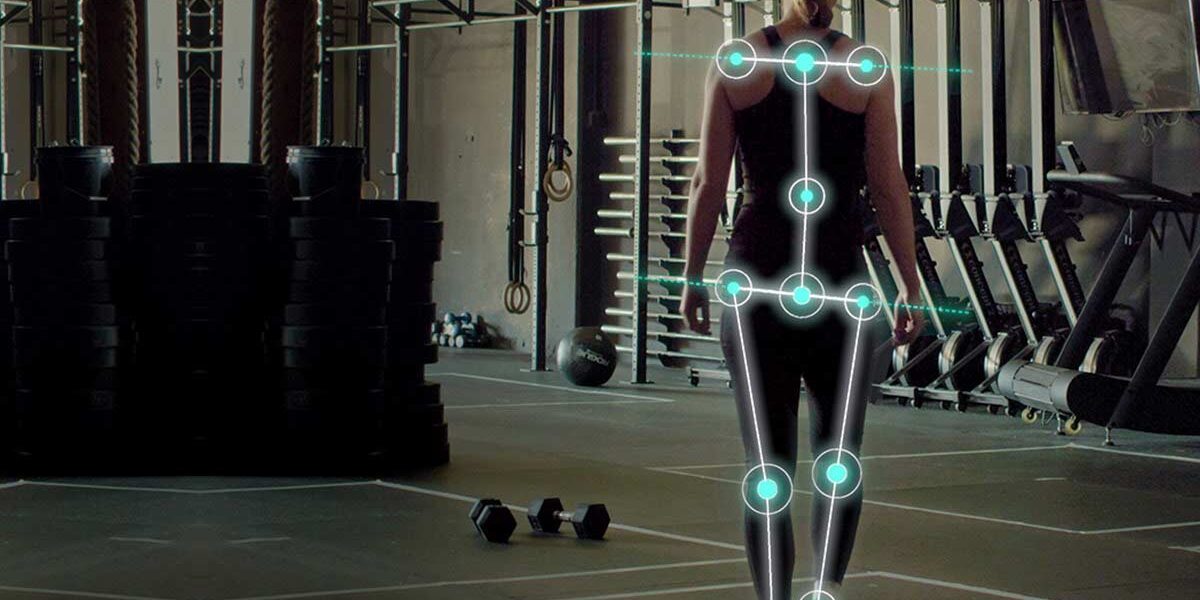Pain in the lower back is one of the most common issues related to musculoskeletal problems. Statistics indicate that up to eight out of ten adults experience lower back pain at some point in their lives. Spinal disorders and back problems are among the leading causes of sick leave and disability in the working-age population. However, this issue is prevalent not only among adults but also in young individuals and even athletes (1.)
The causes of back pain are often associated with excessive, insufficient, or improper strain in the back. Physically demanding work involving heavy lifting or bad posture can cause lower back pain. Additionally, jobs that require you to sit for long periods, lack of physical activity, or having improper load of the feet can contribute to this discomfort. Rapid change in training volume and other types of sudden increases in body load can also expose to lower back pain.
Generally, bed rest is not recommended as a treatment for back pain. Instead, it is advisable to start moving as soon as the worst pain subsides. Recommended gentle forms of exercise include walking, cycling, or water activities. In most cases, acute back pain improves with exercise and pain medication. If the pain persists, seeking professional help is recommended to determine the precise cause through detailed examinations. A physiotherapist can assess the reasons for lower back strain through movement analysis and tests.
Our joints and muscles function as a kinetic chain in motion, where the function in lower joint affects upwards starting from our ankle joints to the jaw joints. Even a slight deviation in the kinetic chain alters the alignment of other joints and consequently their load. Therefore, the cause of lower back pain may lie in unfavorable alignment of the lower limbs. Excessive inward rotation of the ankle, known as overpronation, is one of the typical reasons.
MyFootBalance® 3D foot analysis shows the position of the foot and the alignment of the ankles, and whether the feet’s natural cushioning mechanism and kinetic chain is working properly. If the arch of the foot is lowered, the shock absorption capacity suffers and puts stress on the joints – including the lower back. The analysis also shows the alignment of the ankle under load and if the ankle rotates inwards too much, the weight distributes unevenly causing strain to the upper joints. If the ankle overpronates, the arch of the foot is often lowered too. In this case, the position of the foot and the alignment of the ankle need to be controlled with a custom-made insole. FootBalance’s dynamic insole guides the position of the ankle towards neutral and increases cushioning capacity, taking care of the structure of the arch of the foot.
Custom insoles have had positive results in studies treating lower back pain of individuals with overpronation (2, 3). When the alignment of the foot is guided toward a neutral position through insoles, the load on joints evens out, leading to pain relief. Studies have demonstrated not only improvements in pain reduction but also in functional recovery when custom insoles and suitable exercises are incorporated into the rehabilitation of individuals with back pain (4, 5).
Although lower back pain cannot always be prevented, there are ways to reduce the risk of its occurrence. Engaging in regular muscle-strengthening exercises and paying attention to body posture during movement, sitting, and standing can help prevent excessive strain on the body. With the help provided by strong supporting muscles and custom insoles, the kinetic chain functions better, and the risk of back pain is reduced.
1) https://www.kaypahoito.fi/hoi20001
2) https://www.pubmed.ncbi.nlm.nih.gov/23327838/ (ylipronaatio, kipu)
3) https://www.pubmed.ncbi.nlm.nih.gov/34201981/ (ylipronaatio, kipu)
4) https://www.pubmed.ncbi.nlm.nih.gov/28465224/ (pohjalliset, kuntoutus, kipu ja toimintakyky)
5) https://www.pubmed.ncbi.nlm.nih.gov/23830710/ (pohjalliset, kuntoutus, työperäinen, kipu)






